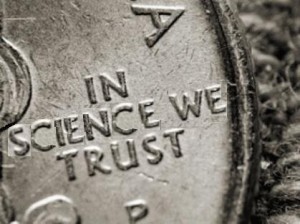First, we know that morality cannot be merely a human convention where people agree to behave a certain way.
It differs from other types of societal norms, such as understanding which side of the road to drive on. While driving on the wrong side of the road is illegal, what makes it the "wrong side" is simply a social construct, an agreement between people to ensure safety and a smooth flow of traffic. It makes no sense to say Americans are immoral when we drive on the right side of the road while those in the UK and Australia are behaving morally upright by driving on the left. Those are simply societal norms that help us get about our business.
Therefore, morality cannot be derived from nature or natural law. It cannot be thought of as only stemming from some evolutionary framework to benefit our survival as a species.
The atheist philosopher Michael Ruse clearly understood this when he said that if evolution is true, then morality doesn't really exist. Ruse argued that morality:
"simply does not work unless we believe it is objective. Darwinian theory shows that, in fact, morality is a function of (subjective) feelings; but it shows also that we have (and must have) the illusion of objectivity."1Ruse goes on to argue that morality is "an illusion foisted upon us by our genes" and that the illusion is the objectivity of moral values. According to Ruse, if morality stems from an evolutionary framework, it is not real, but only a useful fiction. And if it's not real, then it cannot be considered binding for all humanity.
No, morality is a completely different kind of thing. We recognize that a heinous act such as torturing a weaker individual only for pleasure is an objectively evil thing to do—it is wrong for all people across all ages, regardless of whether they thought so or not. Thus, moral laws are considered prescriptive—they are how anyone at any place and any time should behave given a specific set of circumstances. And we can recognize such laws as real, not simply made up to propagate the race.
In order for moral laws to be prescriptive in this way, they must be grounded in something other than a social agreement. Therefore, moral laws must have a source that transcends humanity, that is, God.
So, if there is no God, then there are no real moral values and duties. But, we know moral values and duties do exist. Torturing babies for the fun of it is really wrong. So it stands to reason that God does exist.
References
1.Ruse, Michael. Taking Darwin Seriously. (New York: Prometheus Books, 1988. 253.

.png)


